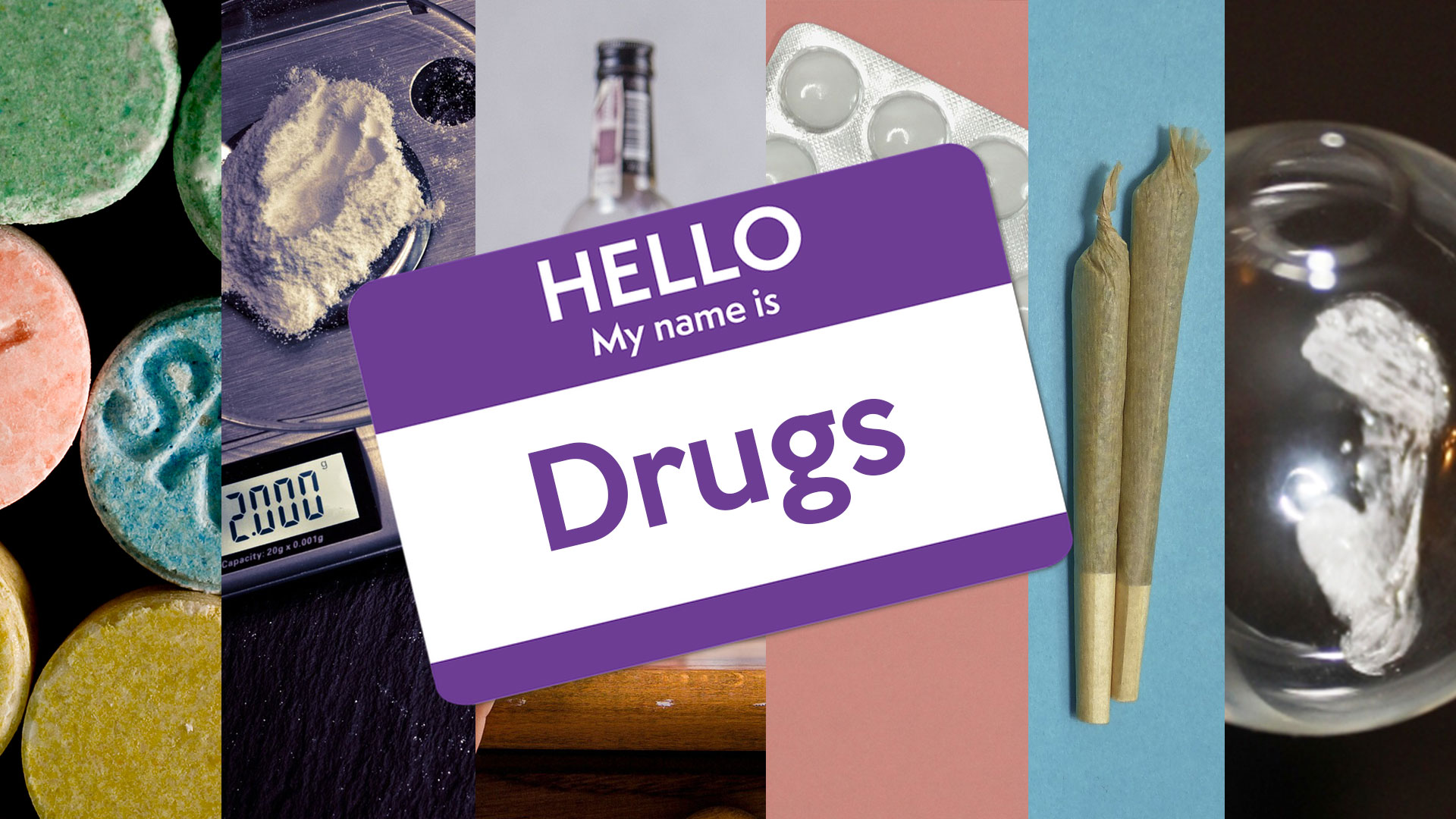While balancing a reputable grade point average, relationships, mental-physical health, friendships, and whatever else life may challenge them with, students’ lives can get overwhelming. Students may find themselves tip-toeing the “line” when their self-search leads them to drugs and alcohol.
In an effort to capture and share the real-life effects that these decisions have on the Timber Creek community, Talon reporters began researching various drugs and impacts on students for this series, “Hello, My Name is Drugs.”
A drug is defined to be any substance that, when inhaled, injected, smoked, absorbed, dissolved or consumed, causes a physiological change in the body.
The United States alone represents about 5 percent of the world’s population. It also represents 75 percent of the drugs taken globally, according to Absolute Advocacy.
Of the 76 percent of high school students who have used tobacco, alcohol, marijuana, or cocaine, one in five meet the medical criteria for addiction.
Hello, My Name is Anonymous
To report on students’ interactions with drugs, Talon reporters conducted interviews with students who have used, abused, or had significant experiences with people who’ve been under the influence of drugs or alcohol. To protect the privacy of individuals the names and identifying details have been changed.
Additionally, Talon reporters have gathered factual information from multiple sources about the various substances covered in this series of reports.
None of these reports should be seen as encouragement for students to begin or continue using illegal drugs.
Instead, each story aims to give a insight into how drugs have or could have major impacts in a high-schooler’s life.
Hello, My Name is History
The Controlled Substances Act, part of the Comprehensive Drug Abuse Prevention and Control Act of 1970, divides most drugs into “schedules”. Schedules organize every drug according to certain criteria.
Schedule I drugs are considered the most dangerous and includes Heroin, Lysergic acid diethylamide (LSD), Methylenedioxymethamphetamine (ecstasy), Methaqualone, and Marijuana. Schedule I drugs are drugs that the United States Federal Government deems to have no medical use and have a high potential for abuse.
Although some states have legalized marijuana for medical and recreational use, on the Federal level, it is still considered illegal.
Schedule V drugs are considered the least likely to be addictive and may even be simple things like cough medicine small amounts of codeine.
The Controlled Substances Act was signed by former President Richard Nixon in 1970. In June 1971, Nixon official declared a “War on Drugs,” citing drug abuse as “public enemy number one.”
During the 1980s, former President Ronald Reagan reinforced Nixon-era drug laws, and congress passed the “Anti-Drug Abuse” act, which established mandatory minimum sentences for certain drug-related crimes.
Recently, the war on drugs has changed. The legalization of marijuana in many states has helped shine a more liberal light on that drug and has opened the floor of congress to discuss drugs for the first time since the 60s.
Hello, My Name is…
The following stories cover each individual substance, include interviews with students or members of the Timber Creek community who’ve had significant interactions with the listed drug and additional information about each substance. Please click on the title to continue on to each topic or use the buttons at the bottom of any article.
